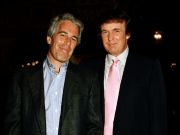What a shocking start to the year 2020! The new year 2020 has started on a turbulent note. There has been some really bizarre news coming from all around the globe. And the highlight of 2020 has been the US-Iran conflict. This article tells you 10 important things that you need to know about the all-famous US-Iran conflict.
Before we begin, I would like to highlight the four top-most things which took place as soon the year 2020 began. First, we heard the news of devastating Australian bushfires, then there were catastrophic floods in Africa, then we had volcanic eruption happening in Phillipines and now, the continuously escalating US-Iran conflict. Certainly, this conflict is having global repercussions.
Let’s understand the 10 major points in tracing the relations between US and Iran!
1Resistance of Foreign domination by Mossadegh
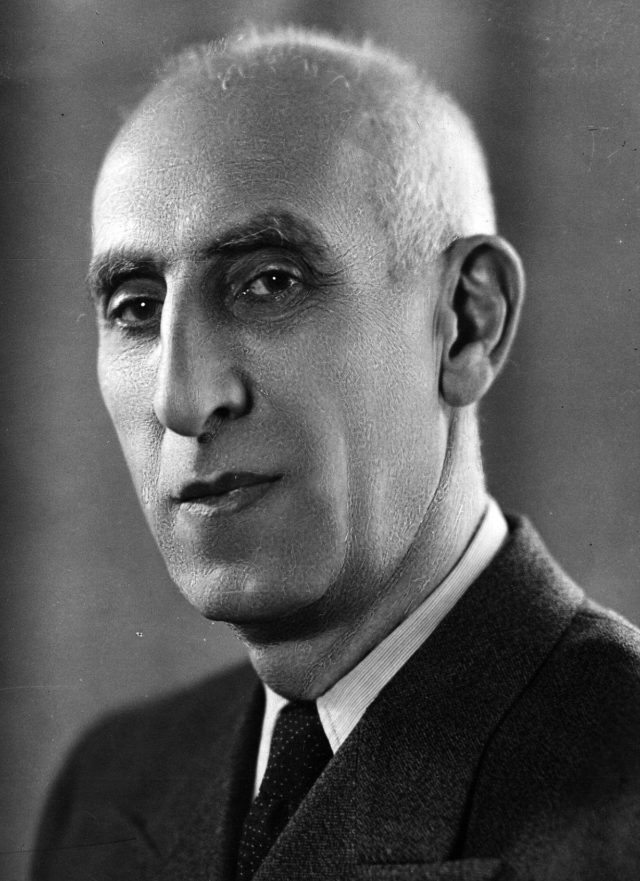
Iran has always been a contested site due to its oil reserves from the very beginning. The British government had control over Iran’s oil reserves through the Anglo-Iranian Oil Company for a very long time. By 1950s Iranians had gotten tired of involvement of foreign powers in their country’s affair and felt the need to regain its authority. In 1951 Mohammad Mossadegh was appointed as Prime Minister and he revolutionizes the country of Iran. He brings secular democracy to the country and resists foreign domination in the country’s affairs. He even nationalizes the Iranian oil industry.
2CIA and MI6 overthrows Iran’s democracy
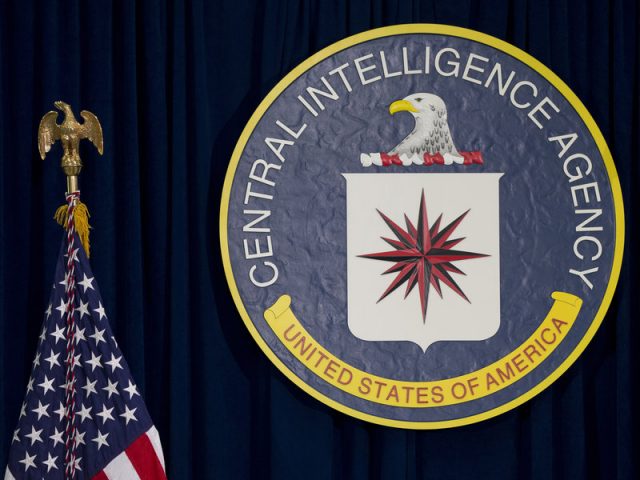
With Mossadegh in power, Iran regained its authority for its natural resources but unfortunately, this authority was short-lived. This democracy and nationalization of Iran’s oil reserves was seen as a big blow by the US and Great Britain. Thus, the CIA of US and MI6 of UK orchestrated a coup to overthrow Mossadegh’s democracy in 1953. After Mossadegh gets overthrown, the US supported Iran’s monarch Mohammad Reza Pahlavi to rule as Shah of Iran. This support came along with the re-introduction of foreign involvement in Iran’s affairs. And from then on wards, Iranians started having a tiff with US .
3The Iranian Revolution of 1979

Shah was seen as a Western puppet and hence, invited a lot of protests against his monarchy. Many Iranian protestors came on the streets to protest against his unfair monarchy. This led to his overthrow and the entering of Ayatollah Khomeini, an Islamic scholar who had been arrested and deported by the Shah in 1964, into the picture. He forms the Islamist government and becomes the supreme leader of the Islamic Republic.
4Iran hostage crisis and Its repercussions
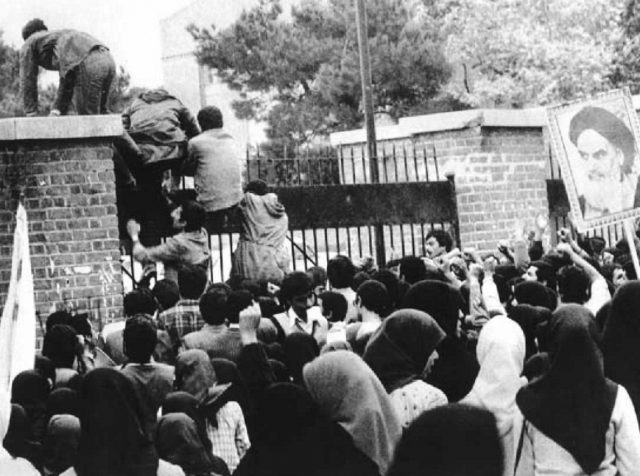
After being overthrown, the Shah went for exile in the US and got admitted in the hospital for cancer treatment. This agitated the protesters who demanded him back in Iran for a criminal trial. The protesters were so much furious that they stormed the US embassy in Tehran and took dozens of Americans hostage. Meanwhile, US cut all diplomatic ties with Iran and in fact, imposed crippling financial sanctions under President Reagan’s rule. The hostages were only released after 444 days in exchange for Iranian assets being unfrozen.
5US backed Iraq in fight against Iran
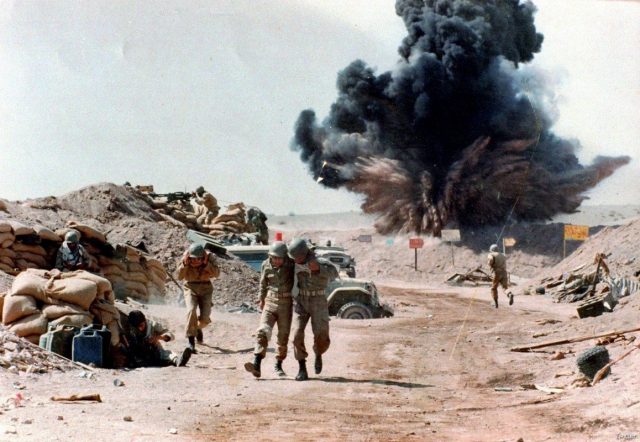
Another landmark event which contributed to the animosity between US and Iran was when Iraq was supported by the US to fight against Iran. In 1980, the hostage crisis haunted America and it took revenge from Iran by backing up Iraq against its enemy. Not only this, US played a hypocritical role in Iran-Iraq war. It supported Iraq for war on one hand and on the other it sold arms to Iran for its war against Iraq. This was known as Iran-Contra Affair.
6Iran was declared as a spot of terrorism by US
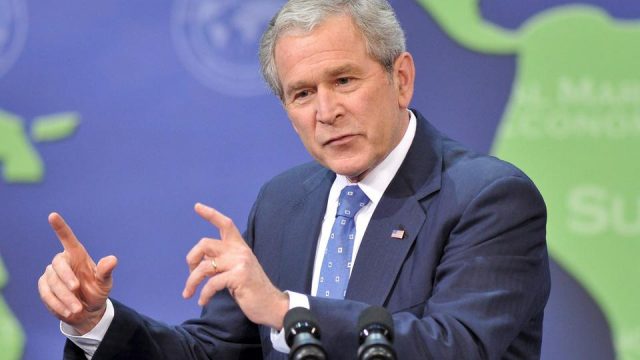
Not only once but twice, Iran was declared as a breeding ground for terrorism. First it was declared under President Reagan’s administration and second time, President Bush called Iran as a part of “Axis of Evil”. This insult of Iran time and again by the US led it to continue developing nuclear weapons without any other country’s interference. The development of nuclear weapons made Iran face more and more international sanctions which acted against the development of the country, leaving its economy to stagnate.
7Signing of Nuclear deal and a breakthrough in Iran-US relations
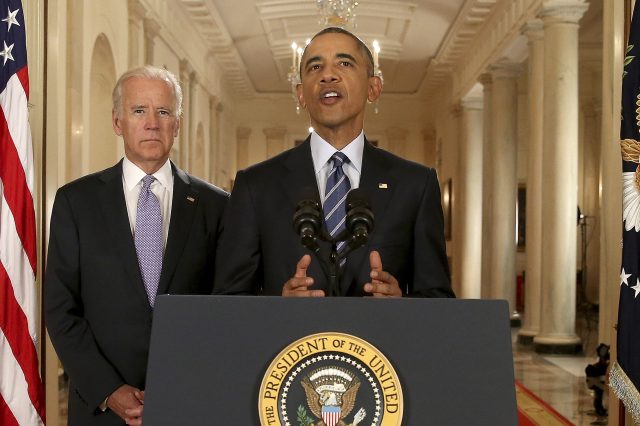
The bad blood between US and Iran continued and the relations between these two still remained at odds. Also, Iran was suspected by many countries internationally to be continuing its nuclear program for rather non-peaceful purposes. So, after years of negotiations with President Obama, Iran signed the Nuclear deal with six nations in the year 2013. The deal was to slow down Iran’s nuclear development program in exchange for lifting some sanctions. The deal proved to be a breakthrough in Iran-US relations.
8Trump came in power and US-Iran ties weakened

As soon as Trump took office in the year 2017, he signaled his disagreement with US-Iran relations. The first blow he gave to Iran was when he banned seven Muslim-majority nations, including Iran, from entering the US for 90 days. Next, he withdrew from the Nuclear deal calling it as a “one sided deal”. This was seen by Iran “as an obvious insult to the Islamic world” which further escalated tensions between US and Iran.
9Year 2019 proved to be detrimental for US-Iran
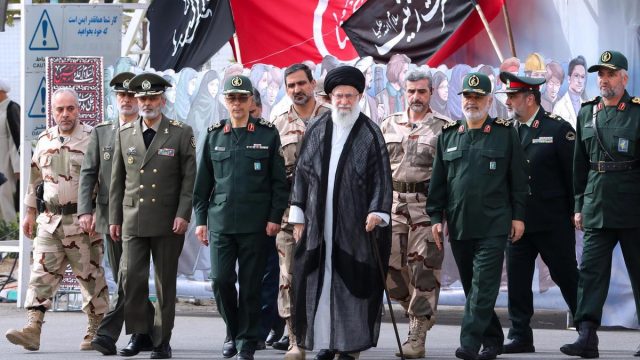
The onset of the year 2019 brought more adverse effects on US-Iran relations. In April, Trump labelled IRGC (Tehran’s most powerful military institution) as a foreign terrorist organisation. This move was not only unprecedented but, in fact, a first in its own. Further, the blame-game between both the countries began along with retaliations. Both countries responded to each other’s blaming with even more escalating airstrikes. The year ended with US conducting an airstrike on Iranian-backed forces in Iraq and Syria resulting in the killing of 25 people.
10Soleimani killed and the global repercussions of US-Iran fight
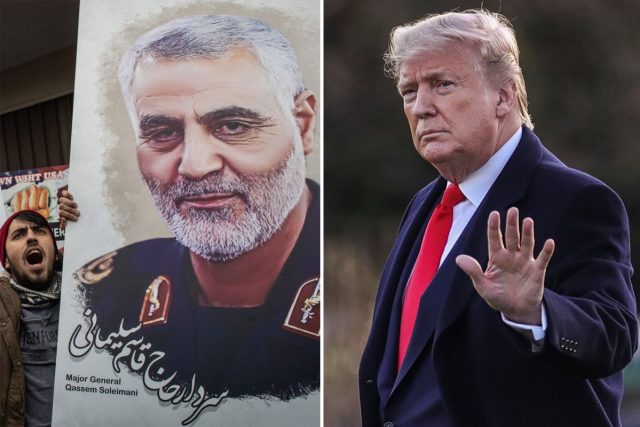
With the beginning of the new year 2020, US ordered an airstrike in Iraq and killed Iran’s top general – Qasem Soleimani. This made Iranians ferocious who mourned his death by flooding the streets. Iran retaliated by firing missiles at American troops in Iraqi bases. To all this, Trump responded by promising more sanctions on Iran. Although, even after all this US-Iran are not on the brink of a war but this fight could have major global repercussions. Now, European Union is afraid that Iran could cancel the deal with the remaining nations and would develop more powerful nuclear weapons. In addition to this, if US puts more sanctions on Iran, Iran would retaliate by increasing the prices of oil imports. This price hike would hard-hit Indian economy like never before.
So, these were the main points through which we traced the origin and continuation of bad relations between US and Iran.













